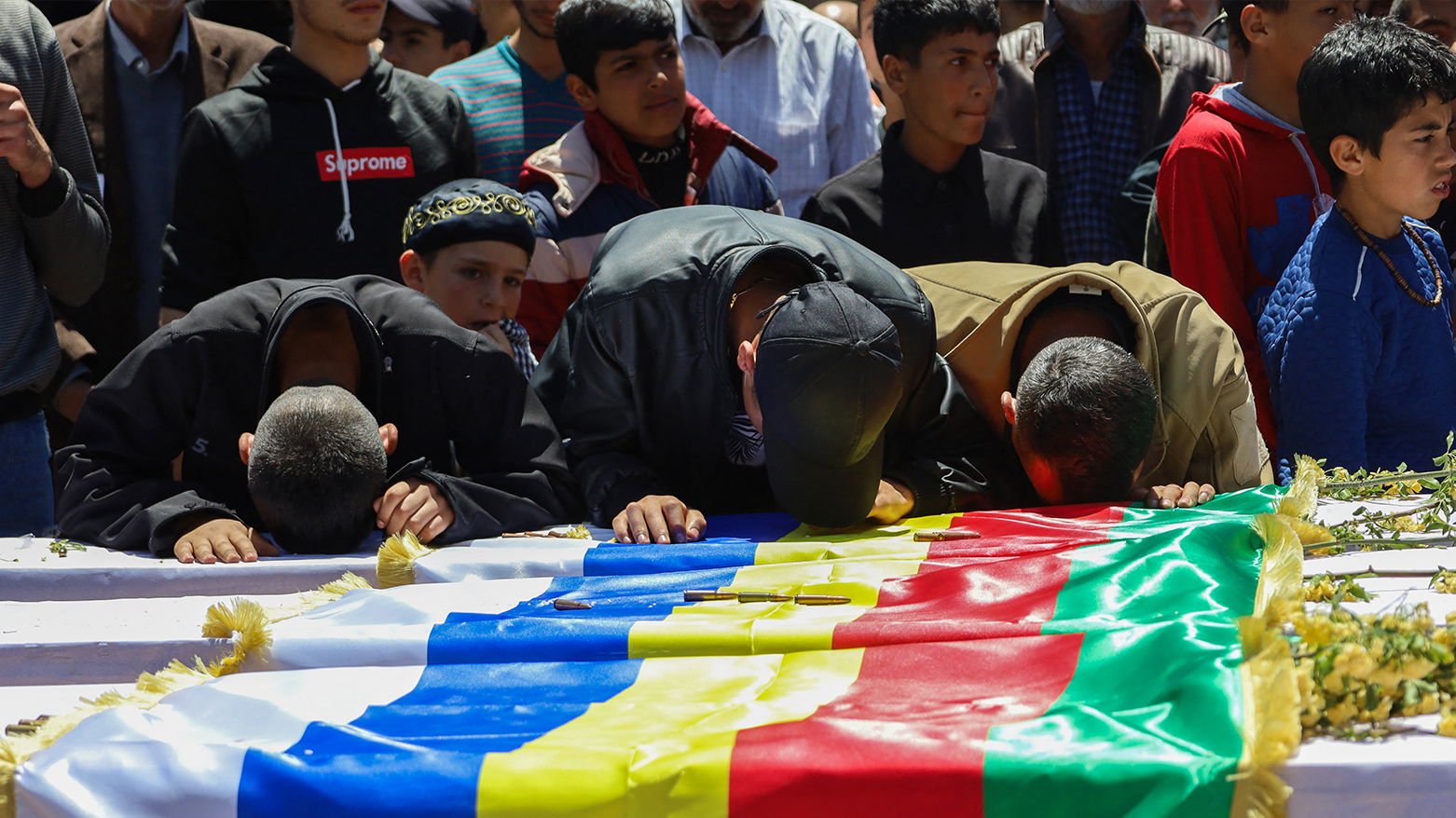134 Dead in Aftermath of Sectarian Clashes Between Druze and Syrian Security forces
The toll includes 88 armed Druze fighters, 14 civilians, and 32 members of the Syrian ministries of defense and interior, as well as affiliated paramilitary units.

By Ahora Qadi
ERBIL (Kurdistan24) – In the aftermath of one of the deadliest waves of sectarian violence in recent Syrian history, the Syrian Observatory for Human Rights (SOHR) confirmed a total of 134 fatalities following a week of clashes in Druze-majority areas across Sweida and the outskirts of Damascus, including Jaramana, Sahnaya, and Ashrafiyat Sahnaya.
The toll includes 88 armed Druze fighters, 14 civilians, and 32 members of the Syrian ministries of defense and interior, as well as affiliated paramilitary units. The clashes, which initially erupted from disputes between local armed factions and state-linked checkpoints in Jaramana, quickly spiraled into broader violence, culminating in documented cases of extrajudicial executions and shelling.
Government Forces Reclaim Control Amid Mounting Civilian Toll
Security forces from both the interior and defense ministries, backed by allied militias, regained control over the embattled towns of Sahnaya and Ashrafiyat Sahnaya, where they carried out summary executions of civilians and local Druze fighters, according to SOHR.
Among the documented deaths were 10 civilians executed in a poultry farm in Ashrafiyat Sahnaya, as well as individuals killed by shelling or during street confrontations. The observatory recorded that at least 10 field executions have taken place since the onset of the unrest.
Despite this, daily life is gradually resuming. Public institutions and schools have reopened, although university attendance remains sporadic due to residual instability.
SOHR provided the following breakdown:
- 32 from Syrian security forces and affiliates, including:
- 102 from the Druze community
Return to Normalcy Under Terms of the May 4 Agreement
The violence unfolded just days after the signing of the May 4 "Five-Point Agreement" between Druze religious leaders and Damascus, aimed at restoring order. The agreement included:
- Activation of internal police from Sweida’s local ranks
- Immediate lifting of sieges on Sweida, Jaramana, and Sahnaya
- Ensuring security along the Damascus–Sweida highway
- A full ceasefire in all contested areas
- Rejection of unilateral actions outside the agreement’s scope
Al-Sharaa: Syria Facing “Grave Security Threats”
Speaking alongside French President Emmanuel Macron at the Élysée Palace on May 7, Syrian transitional president Ahmed al-Sharaa described the unfolding events as a reflection of "grave security threats" Syria continues to endure.
He attributed the violence to remnants of the former regime seeking to “ignite chaos and sectarian strife,” and confirmed the formation of two committees—one to investigate the incidents and another to reestablish communal peace.
Al-Sharaa reaffirmed that protecting civilians remains a top priority, stating: “We are navigating a painful post-dictatorship period where Syria’s social fabric is still reeling from decades of repression and manipulation.”
The Syrian leader also highlighted that the United Nations Human Rights Council has recognized Damascus’ cooperation with international investigative mechanisms, a move aimed at restoring credibility amid calls for accountability.
